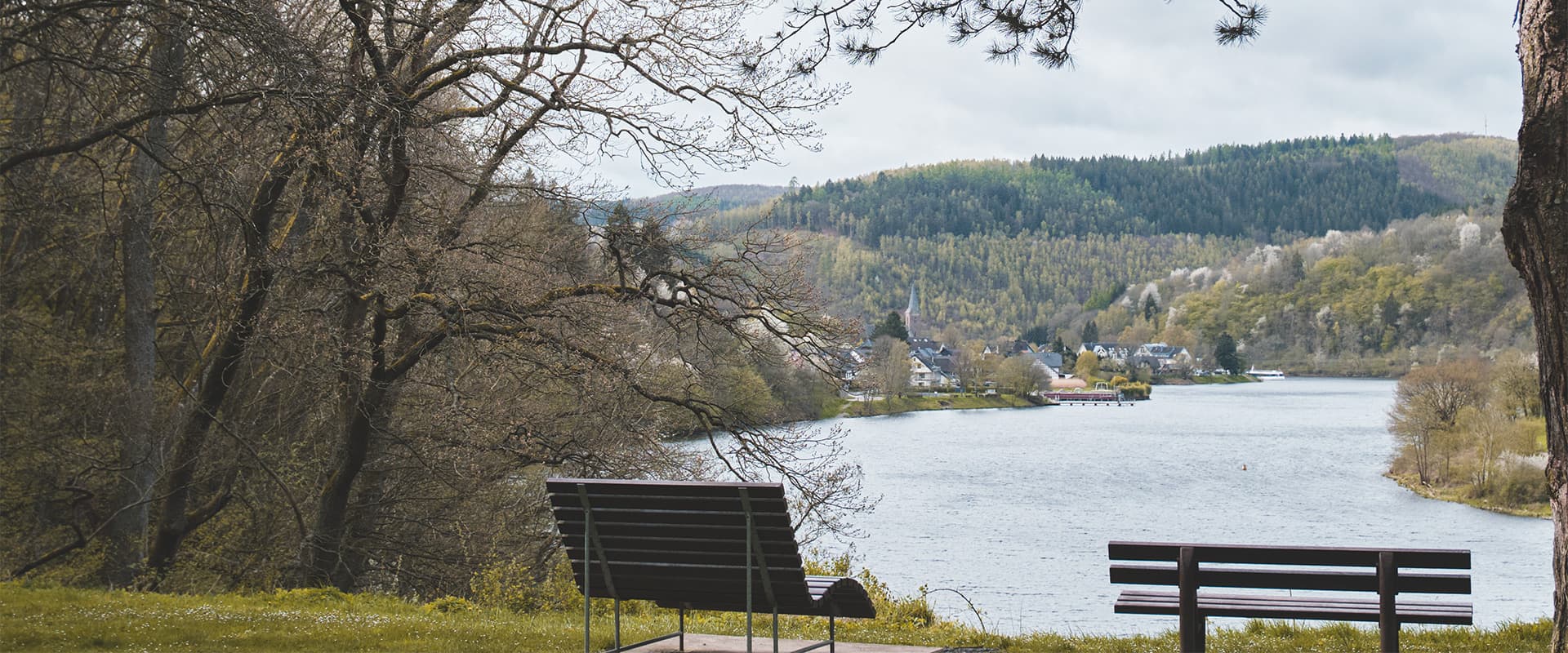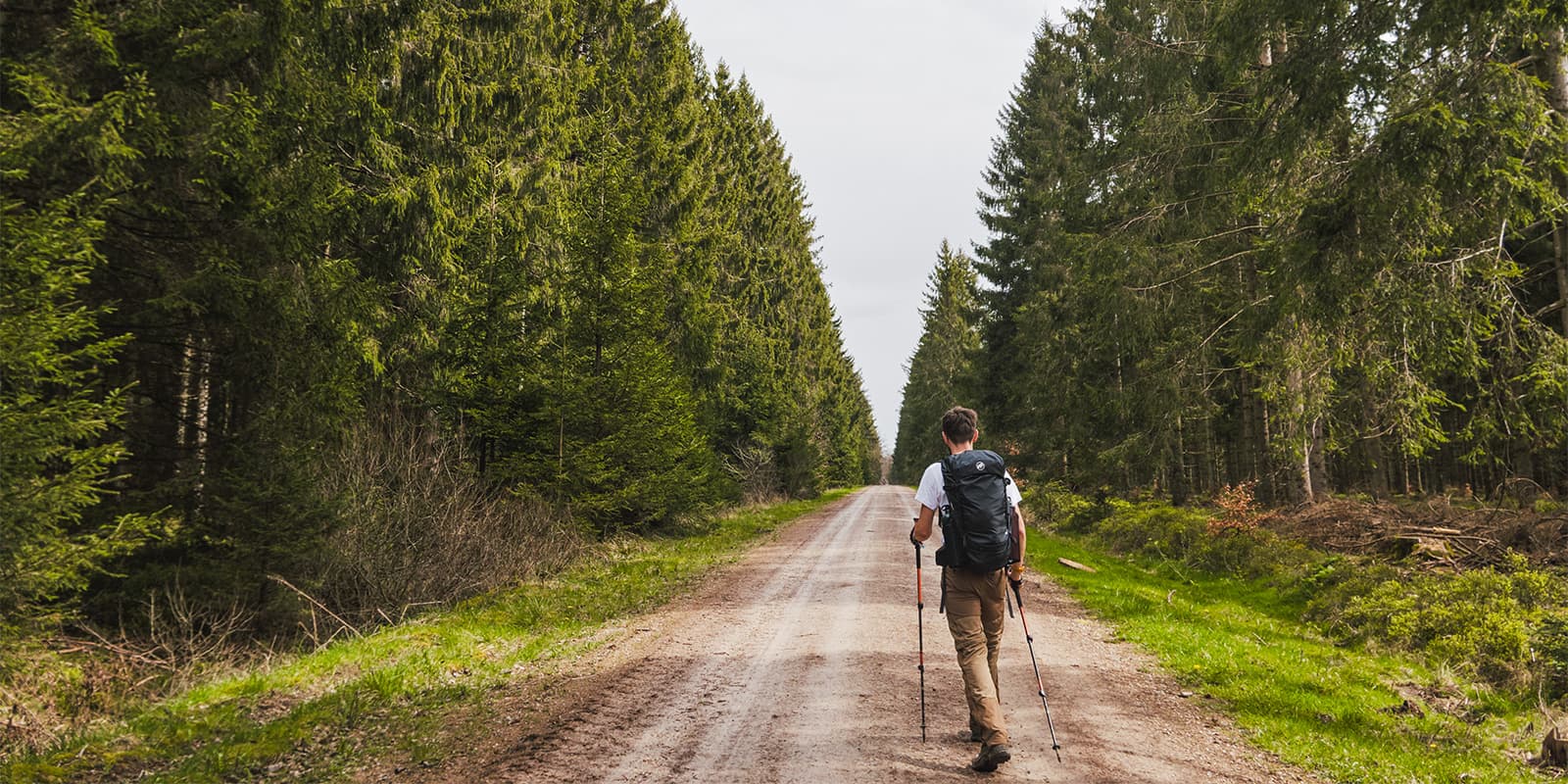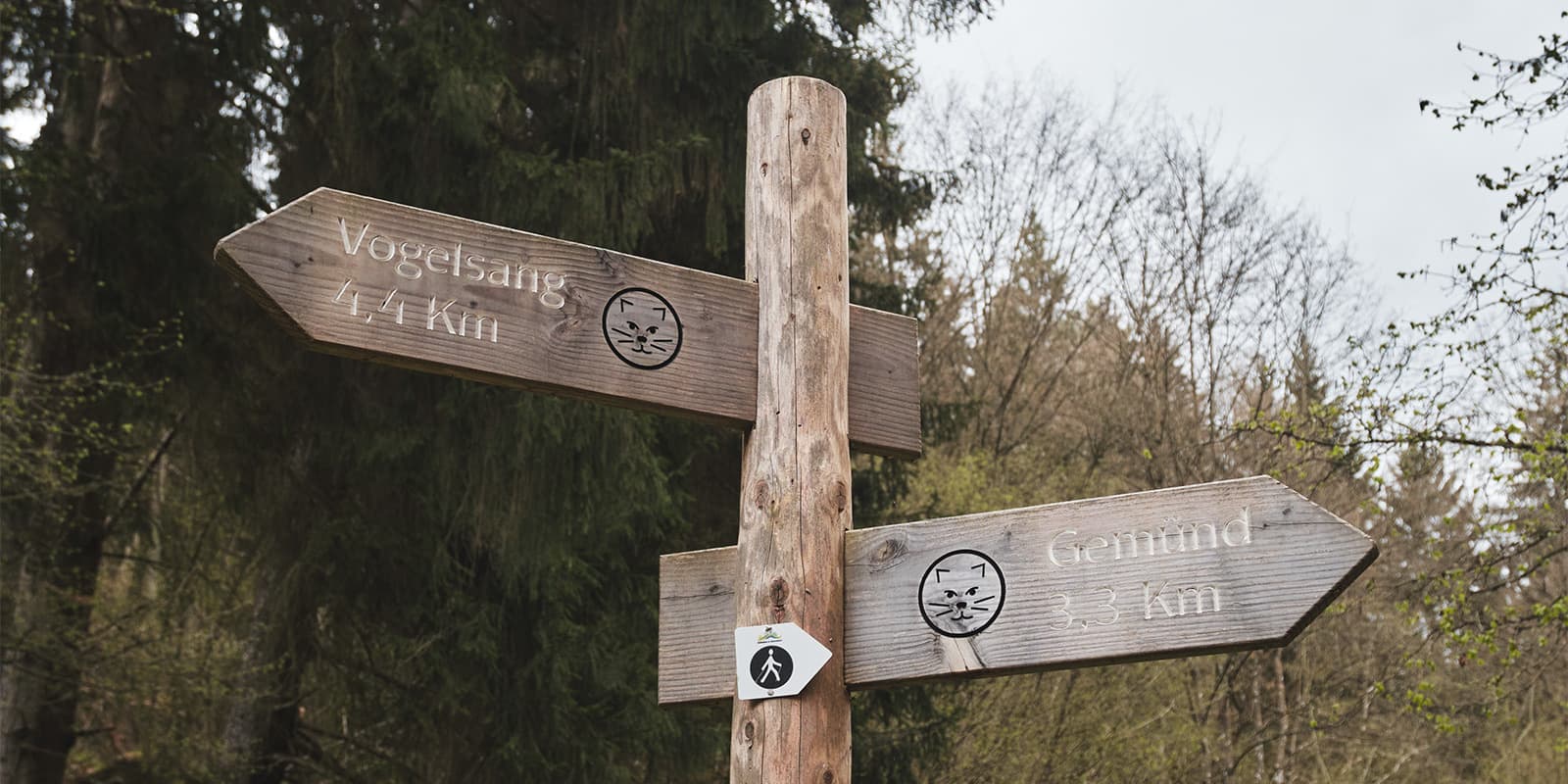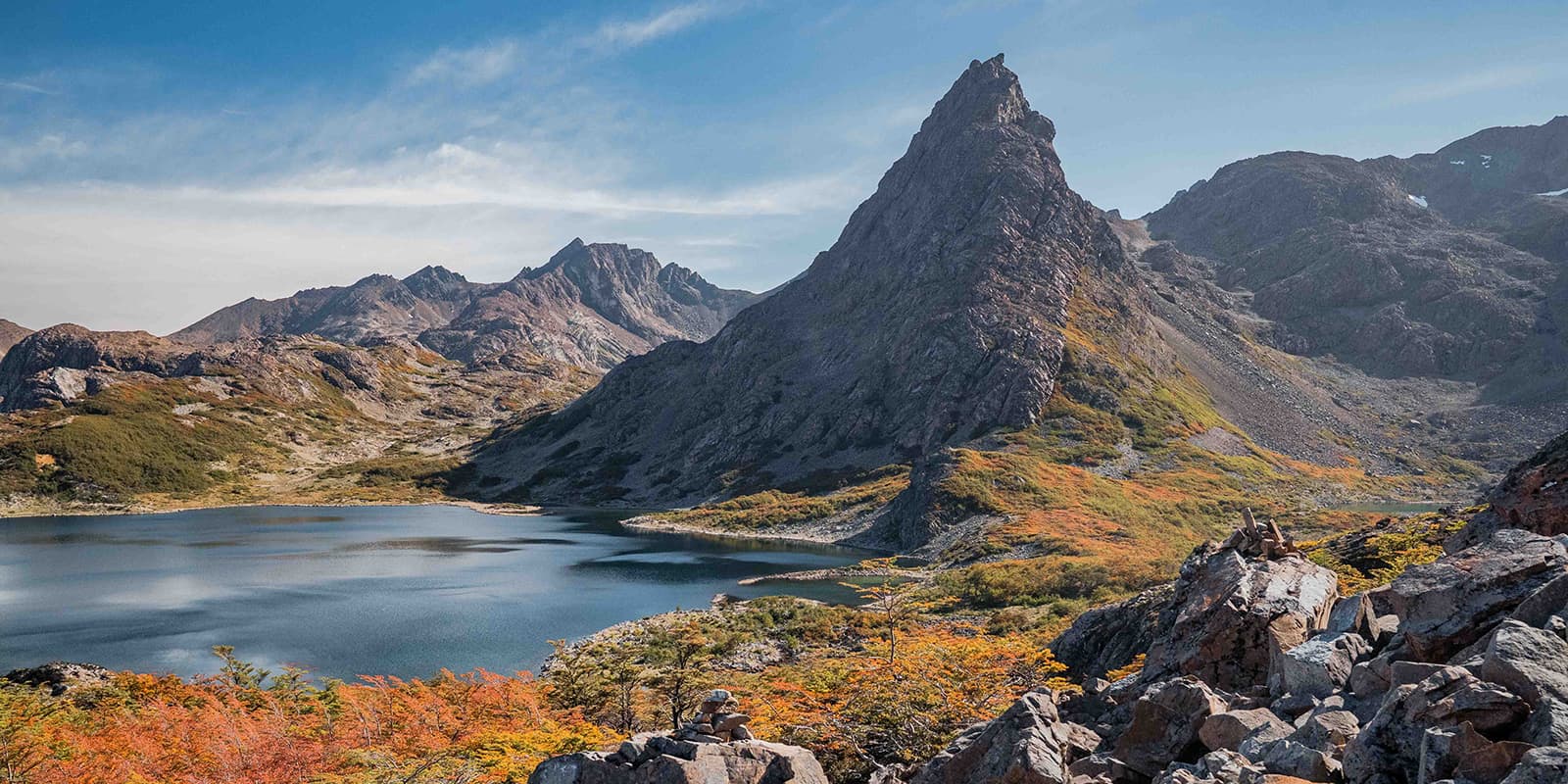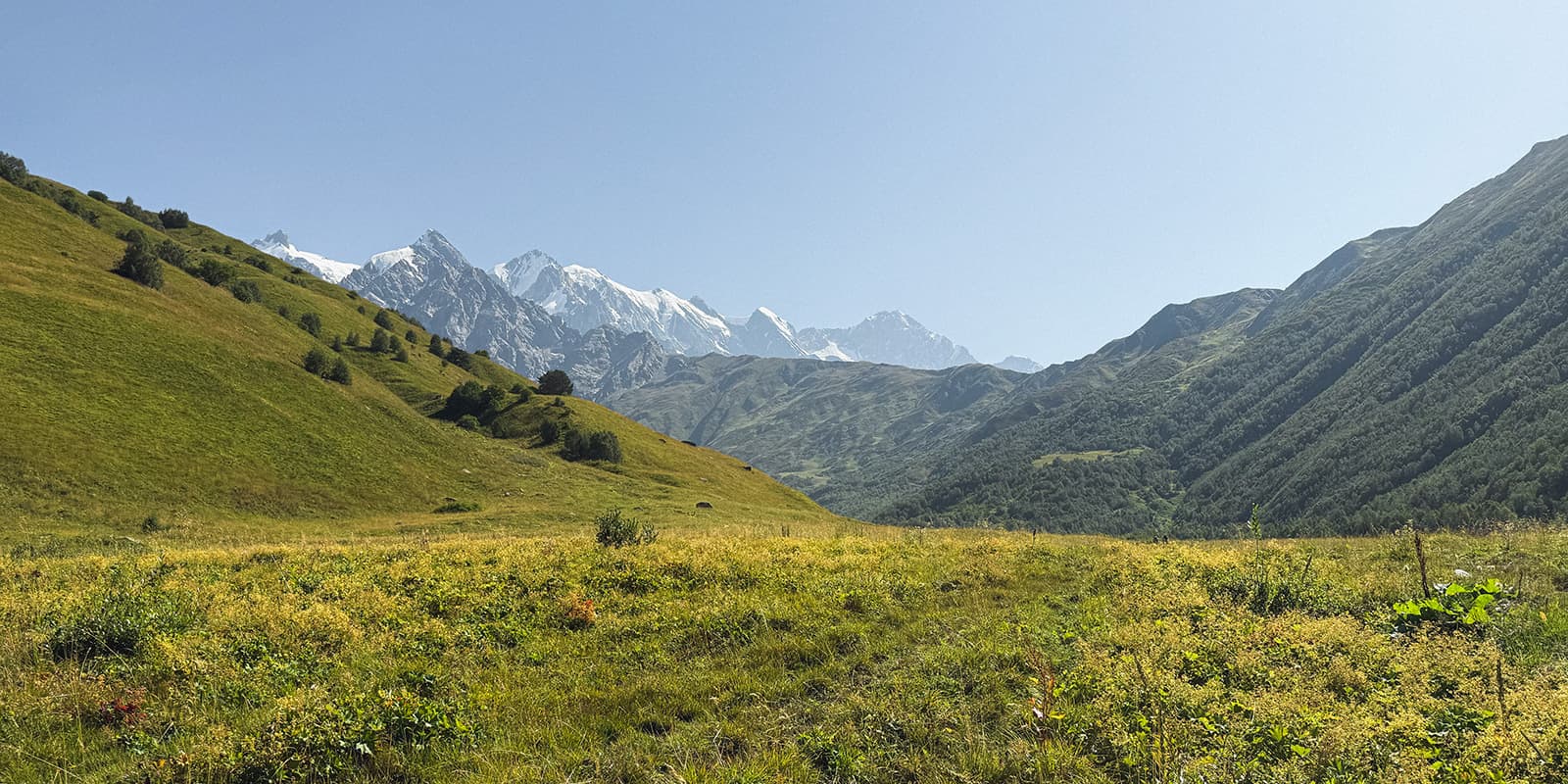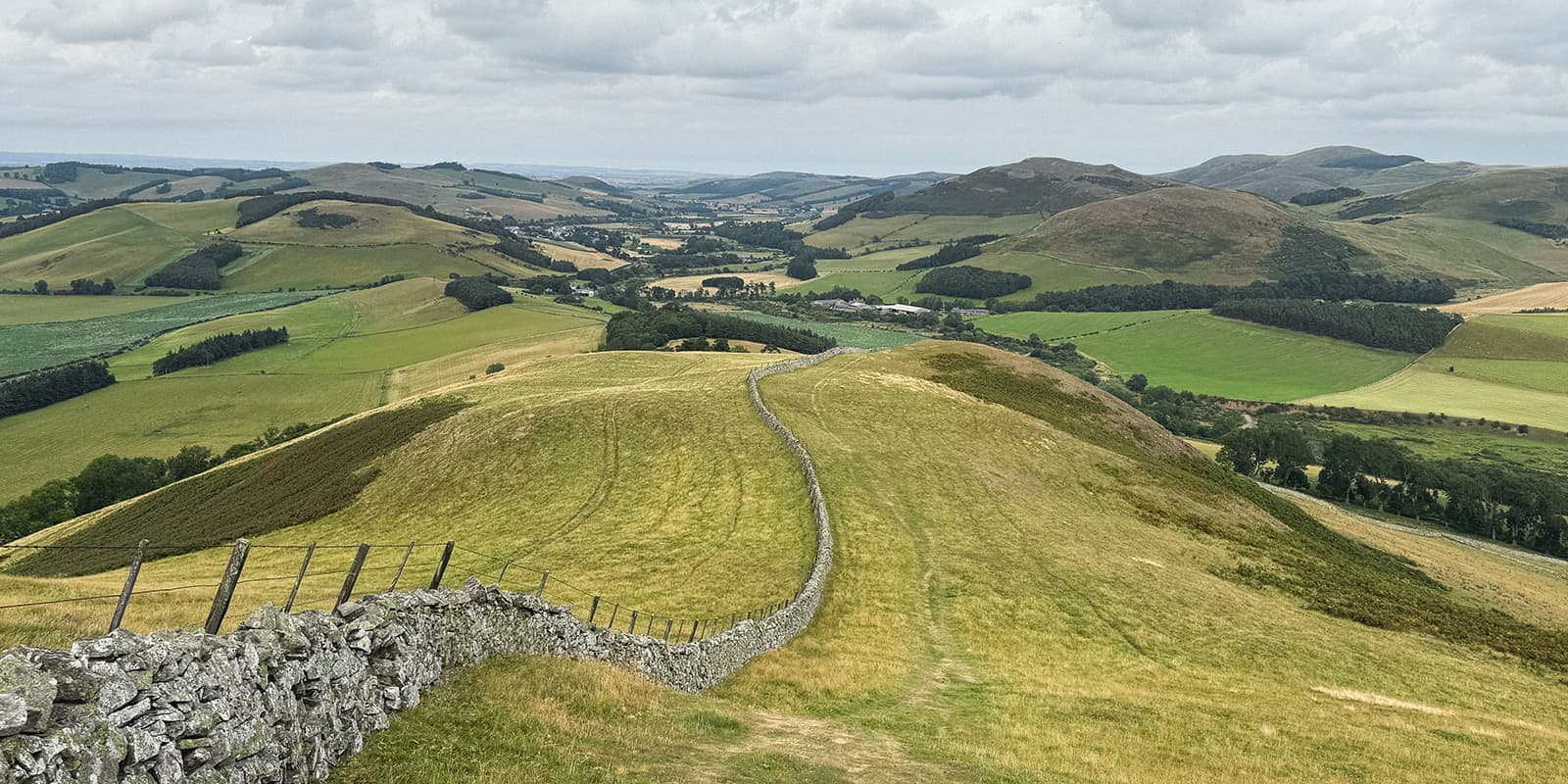Situated in Germany, near the border of the Netherlands and Belgium, lies Eifel National Park. This 110 square kilometer park was created in 2004 and due to its young age, it is still considered a national park in development. A conservation area like this one needs at least 30 years without any human interference to qualify as an internationally recognized national park. However, this area already has surpassed 20 years of growing freely and is therefore an incredible region that every nature enthusiast needs to see for themselves.
The perfect way to explore this beautiful region is by walking the Wilderness Trail, a 4-day route allowing you to venture to all the beautiful sights and scenery the Eifel National Park has to offer. Not only will one encounter many diverse and endangered plant species, but if one is lucky, one might even stumble upon some spectacular and rare wildlife like black storks, Eurasian eagles, wolves, and wildcats.



